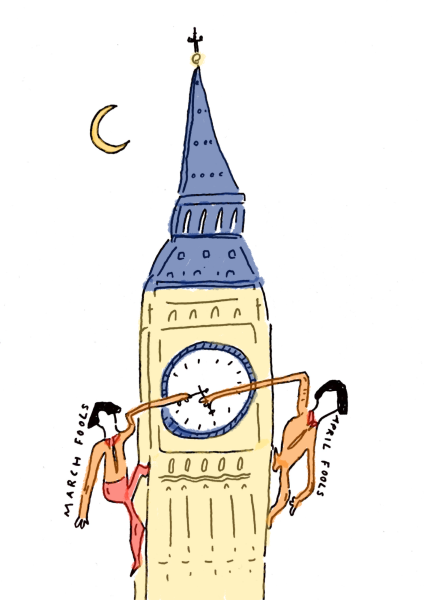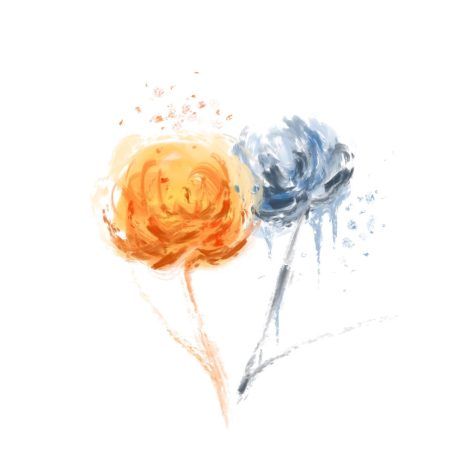Interdisciplinary Silk Roads course to offers China Trip
October 1, 2015
As a liberal arts campus, Whitman takes pride in course offerings that are frequently interdisciplinary. Perhaps the most clear recent example is The History and Ethnobiology of the Silk Roads, taught by Associate Professor of History Brian Dott and Professor of Biology Heidi Dobson. This spring, the course will be offered alongside a field study component that involves traveling to China over spring break.
The course, originally conceived by Dobson in 2007, combines history and biology to study the Silk Roads in China. Dott and Dobson take turns doing lectures during three days of the week. The course also includes a weekly lab-style demonstration component.
Dott lectures on Chinese and Southeast Asian history that deals with the Silk Roads, while Dobson uses ethnobiology to discuss animal and plant life in the region. Students receive two science and two history credits at the 100-level.
“We’ll alternate between history and biology lectures, but we bring in some of both,” said Dott. “For example, I touch on the bubonic plague [in my lectures].”
In her lectures and demonstrations, Dobson incorporates the evolution and physiology of animals and plants common on the road such as horses, camels, and local crops.
“My goal has been to provide basic understanding of biological processes so that students can follow and grasp current issues of biology in our every-day lives, as well as to give students a glimpse into a wide range of very different topics in biology that I think are really cool,” she said.
Dott says that the students who enroll in the class come from a wide variety of backgrounds and interest. Though fulfilling science credits lured students like senior Alex Ayal when the course was offered two years ago, it ultimately offered more than distribution requirements.
“It was definitely one of the more unique classes I’ve taken here at Whitman,” he said. “The way that [Professor Dobson] and [Professor Dott] combined science and history was an interesting and novel take on what a curriculum could look like.”
Dott views the course’s field component, an optional spring-break trip to China to do on-the-ground study, as one of its most engaging interdisciplinary elements.
“Part of the innovation was combining disciplines, and part of it was offering a field component,” he said. The field component allows students to get into issues of contemporary trade, commerce, and culture in the historic area of the Silk Roads. “It’s really exciting to do teaching on the ground, and take students traveling.”
The course is designed as a lecture class that is offered every other year, with the field course offered when funds are available. The David Diel Endowment, a Whitman fund that offers financial resources specifically for taking students to China, typically alternates between funding the Silk Roads program and the popular Whitman in China program.
Dott and Dobson try to ensure that interested students aren’t deterred from the trip by costs.
“We don’t want to do the field course unless there’s financial aid available,” said Dott.
The professors are currently accepting applications for the field component through the Office of Off-Campus Studies (OCS), and are aiming to take 12-15 students. The field component will provide students with two-credits in Asian Studies. Interested students must have either taken the Silk Roads course in 2014, or enroll in the spring 2016 class.
Students like Ayal, who took the course knowing that they wanted to eventually participate in the China trip, are excited to have the chance to go after two years.
“I recently came back from study abroad, and travel has been big on my mind ever since. [It would be] an amazing opportunity to see a place I’ve never been to, and might never see otherwise.”
More information on the class and an application for the field course can be found on the OCS website.






